No one knows since when, the sound of ching kok (also known as gong coc, gong coc) has been commonly used by the Ede people in Ninh Tay commune (Ninh Hoa town) during family and village holidays and Tet. According to artisans in Ninh Tay, this type of musical instrument is only used by the Ede people here.
Bustling sound
Recently, having the opportunity to visit Ninh Tay, we were fortunate to see Ede artists perform some traditional music from the ching kok ensemble, including the Y DLông kok. This is a piece of music often used by the people in festivals to worship the water wharf, the beginning of the crop season, the festival to celebrate a good harvest, the coming of age ceremony, the celebration of age, the celebration of longevity, the ceremony to worship ancestors, the gods of the mountains and forests, weddings, funerals, grave abandonment ceremonies... The sounds of ching kok resounded loudly, far and wide, bringing excitement to the hearts of listeners. Mr. Y Hy - Secretary of the Party Committee of Ninh Tay commune, an artist knowledgeable about ching kok, said that this piece of music is named after Mr. Y DLông. According to the ancestors, Mr. Y DLông was the first person to create the music for use with ching kok. However, no one knows when this character lived.
 |
| Artist Y Guanh performs a piece from the ching kok ensemble. |
Listening to the sounds emitted from the ching kok set, we found that this is a musical instrument that imitates the sound of the bronze gong (ching k'nah) of the Ede people. The ching kok is a percussion instrument, made from wooden bars of different lengths and thicknesses, corresponding to the production of sounds with different pitches. Each ching kok set consists of 6 wooden bars, usually made from soft-stemmed trees such as: Eucommia, Xoan Dao, Keo...
When performing, ching kok can be performed by many people, each of whom will hold and strike a wooden stick. The long, short, low, and high tones of ching kok are controlled by the hand holding the wooden stick, sometimes tight, sometimes loose. The sound of each wooden stick, when blended, sometimes chasing each other, creates melodies that attract listeners. In case there are not enough performers, ching kok is arranged by the people, similar to the arrangement of wooden sticks on a xylophone. A ching kok set for one person to play usually has from 6 to 11 wooden sticks, arranged in order of sound from low to high. The unique thing is that the ching kok player can hold 4 bamboo sticks at the same time to strike to create chords that sound like when many people perform together. “Like the bronze gong, the ching kok produces sound from the collision between the bamboo (or wooden) stick and the wooden bars to create different rhythmic groups to create a strong, intense music. The ching kok sound is crisp, resonant, and lively, suitable for the atmosphere of fun and entertainment and is often used by people in the fields or when young men and women drink alcohol in villages and stilt houses. A true ching kok performance often has a dance team to add to the festival atmosphere,” said artisan Y Guanh (Buon Lac village, Ninh Tay).
Need to be studied and researched further
Currently, we have not found any documents written about this unique musical instrument. The Ede people in the Central Highlands provinces have a musical instrument similar to the ching kok, which is the ching kram (also known as bamboo gong). Although both of these musical instruments imitate the sound of a bronze gong, the materials and the way they are played are different. The ching kok are wooden bars that are struck to create sound, while the ching kram are bamboo bars placed horizontally on the surface of bamboo tubes so that when struck, they create resonance and melody for the music. Mr. Y Hy shared: “I have researched and learned that ching kok is only used by the Ede people in Ninh Tay. The Ede people in Dak Lak province and Khanh Vinh district do not know about ching kok. I heard from the elderly that ching kok existed before bronze gongs. But these things cannot be verified. Therefore, we really hope that folk music researchers can come and learn more about the ching kok instrument of the Ede people in Ninh Tay.”
 |
| Ede people in Ninh Tay commune play ching kok. |
In the life of the Ede people and some other ethnic groups such as the Raglai, the bronze gong set or the ma la set has great spiritual and economic value. Only families with conditions can buy bronze gong sets for use. For the Ede people who do not have the conditions to buy bronze gongs, they have come up with a way to make a ching kok set to replace the bronze gong, similar to the case of the Raglai people's chapi, which also imitates the sound of the ma la set.
Currently, ching kok is still unfamiliar to many people. The information we have is only a preliminary suggestion. Hopefully, in the future, there will be music researchers interested in this musical instrument. Thereby, we can bring to the public the most scientific and accurate information.
Ching kok of the Ede people in Ninh Tay commune includes 5 basic songs: Tong klei krong drai ea, imitating the sound of a waterfall; bo yoh, urging people to go to a certain place; klei arai, often using ching kok in harmony with the ding nam; klei aduc adei la, in harmony with a dance to express greetings to friends; kok Y DLông, the most popular song used in festivals. While the bronze gong is often performed by the Ede people in the long house, sitting on a kpan (long chair) to play music, with ching kok, due to its compactness and simplicity, people often bring it to the fields to perform. At any time, people can use ching kok to play traditional music of their people.
FAMILY
Source





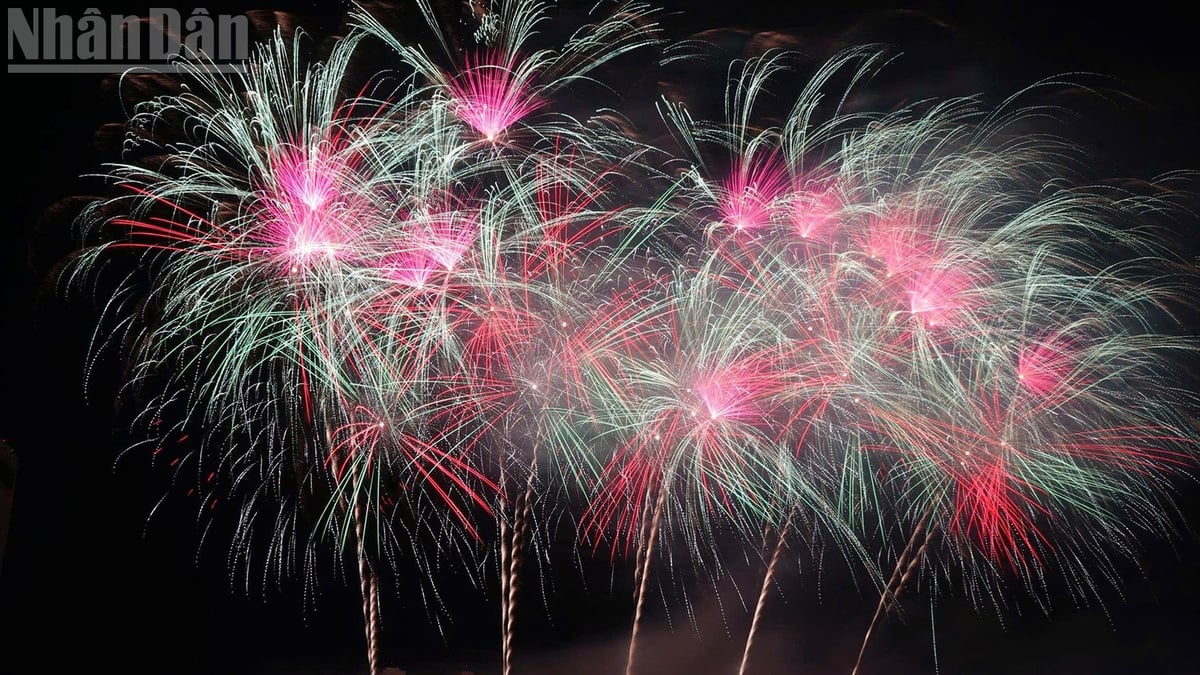


























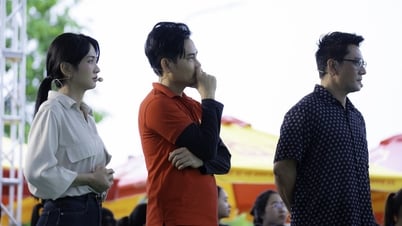
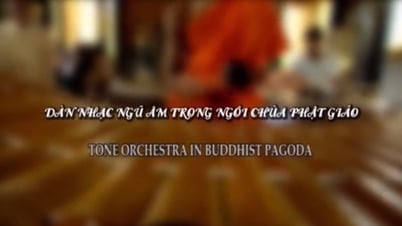


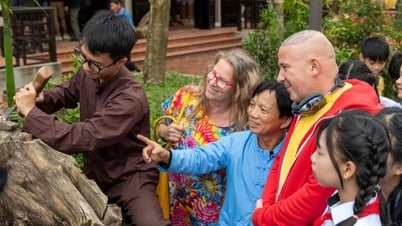














































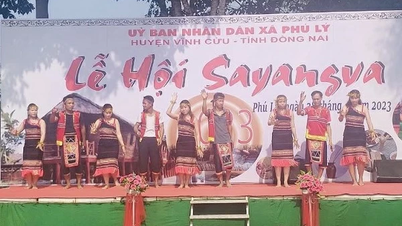
















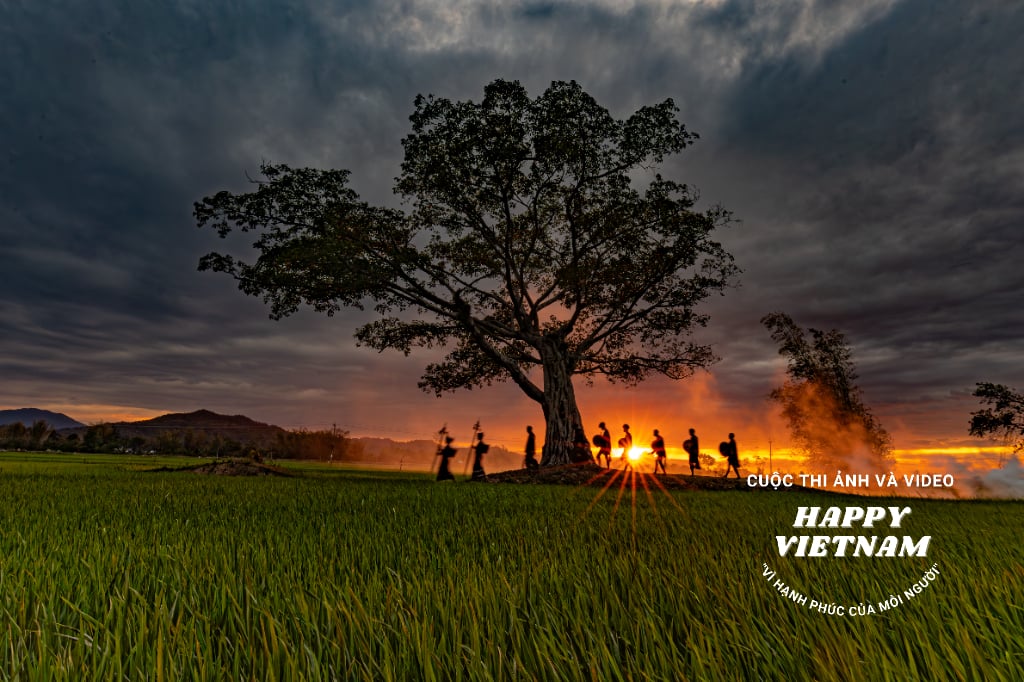

Comment (0)